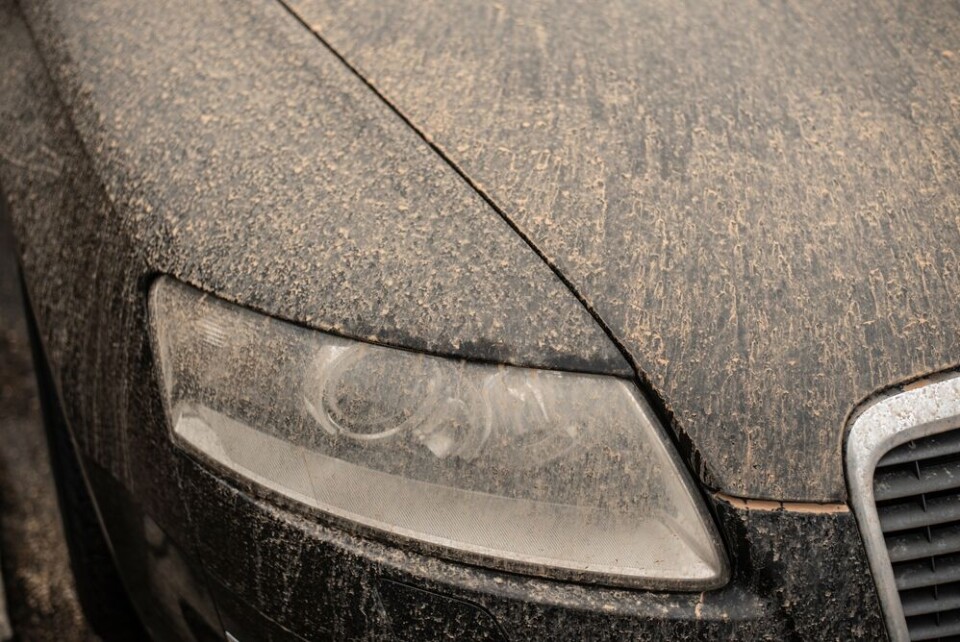-
Strikes and protests in January 2026 and how you may be affected
Doctors, rail staff, and farmers are all taking action
-
Good news as lower electricity bills confirmed in France
The change is not a ‘revolution’ but will give some purchasing power back, minister says
-
French ski resorts report excellent Christmas despite less snow than last year
Bookings are up and non-snow related activities are also on the rise
Sahara sand blown across south west France is on way to other areas
The sand will give an orange tint to skies and will be deposited as far north as Brittany

A blast of hot wind blowing in from the Sahara is carrying sand as well as heat from the African desert into France.
The wind – which is causing a September heatwave affecting almost the entire country – started to deposit sand in the south west of the country on Sunday (August 3).
Throughout this week, sand will be deposited across western France, as the wind blows it north towards the English Channel.
“The atmosphere will be heavy with sand from the Sahara for much of next week,” said meteorologist Anthony Grillon, founder of Météo Contact, over the weekend.
Alongside the hot weather, the sand will also bring an orange tint to skies, as well as significant deposits of sand.
In 2021, sand and snow mixed in the Pyrénées mountains after a Saharan wind blew grains of sable onto the mountain peaks.
In theory, drivers should be careful about sand that settles on their car windshields – fines of up to €68 can be imposed on cars being driven are deemed sufficiently dirty.
Sand deposits could reach Brittany
The sandy wind is not a unique phenomenon and recently around two sandstorms per year have been hitting France.
The last was in February 2023 when dust particles mixed with rain and caused pollution.
This time rain is not forecast but the winds are the cause of a heatwave currently affecting most of the country.
The video below shows the likely pattern of the wind that will bring the sand.
#sable #Sahara Les remontées de poussière saharienne liées à un puissant courant de sud seront particulièrement marquées dans les prochains jours. Ce courant de sud sera également à l'origine de cette #chaleur qui nous accompagnera toute la semaine.@meteociel pic.twitter.com/uf8QC2yTy4
— Guillaume Séchet (@Meteovilles) September 3, 2023
The west coast of France, alongside parts of the Mediterranean coast are set to be most affected, although sand deposits could be seen in Brittany and the northern coast of France.
The dust and sand particles in the area could be dangerous for those who already suffer from respiratory problems and people affected should take caution when going outside if the wind is expected to deposit sand where they live.
Read more: Hope for allergic asthma sufferers as French laboratory tests vaccine
Drivers could face fines for dirty cars
If your vehicle is caught in the wind, significant sand and dirt particles may fall on it.
Not only will this make your car look unclean, if you do not remove it you could, in theory, be fined.
Article R316-4 of the French Highway Code states that the windscreen of a car being driven must be clean enough for you to see the road through the window, with at least one working windscreen wiper and sufficient windscreen wiper fluid.
Failure to keep your windscreen clean could result in a €68 fine – or €45 if paid in advance.
This may be easier said than done, however, if you live in an area where drought restrictions prevent you from washing a vehicle.
Related articles:
Orange skies on way again as winds bring Saharan sand to France
























